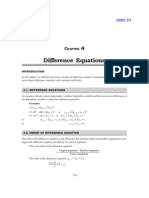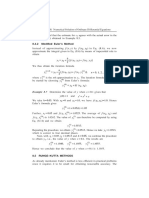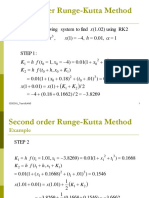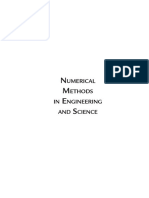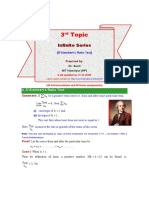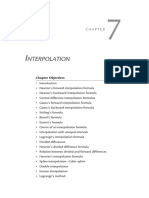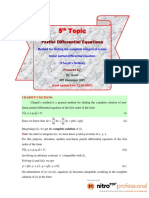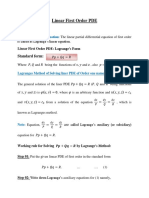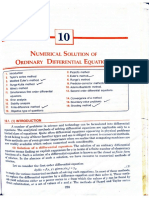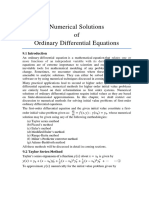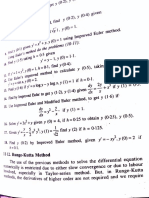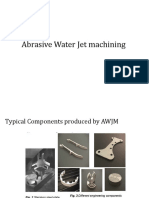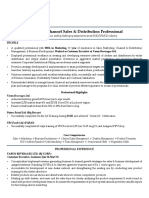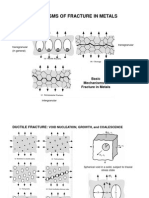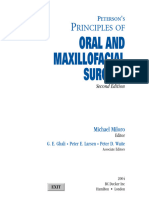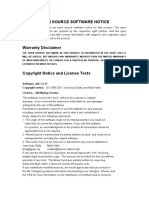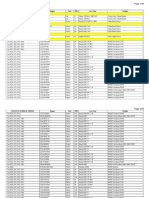100% found this document useful (4 votes)
12K views6 pagesPicards Method
The document describes Picard's method of successive approximations for solving differential equations. The method involves:
1) Integrating both sides of the differential equation to obtain an integral equation involving an integral of the function f(x,y);
2) Approximating y in the integrand with an initial value yo to obtain a first approximation y1;
3) Using the approximation for y in subsequent iterations to obtain better approximations y2, y3, etc.;
4) The sequence of approximations yn is expected to converge to the exact solution y(x) of the differential equation.
Uploaded by
064 Jayapratha P RCopyright
© © All Rights Reserved
We take content rights seriously. If you suspect this is your content, claim it here.
Available Formats
Download as PDF, TXT or read online on Scribd
100% found this document useful (4 votes)
12K views6 pagesPicards Method
The document describes Picard's method of successive approximations for solving differential equations. The method involves:
1) Integrating both sides of the differential equation to obtain an integral equation involving an integral of the function f(x,y);
2) Approximating y in the integrand with an initial value yo to obtain a first approximation y1;
3) Using the approximation for y in subsequent iterations to obtain better approximations y2, y3, etc.;
4) The sequence of approximations yn is expected to converge to the exact solution y(x) of the differential equation.
Uploaded by
064 Jayapratha P RCopyright
© © All Rights Reserved
We take content rights seriously. If you suspect this is your content, claim it here.
Available Formats
Download as PDF, TXT or read online on Scribd
/ 6

